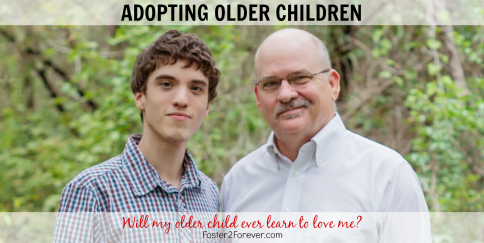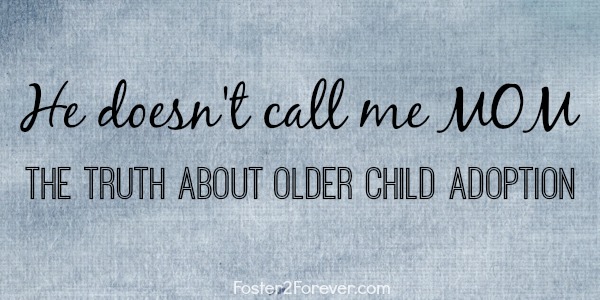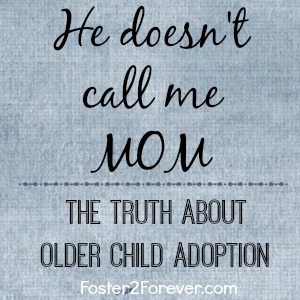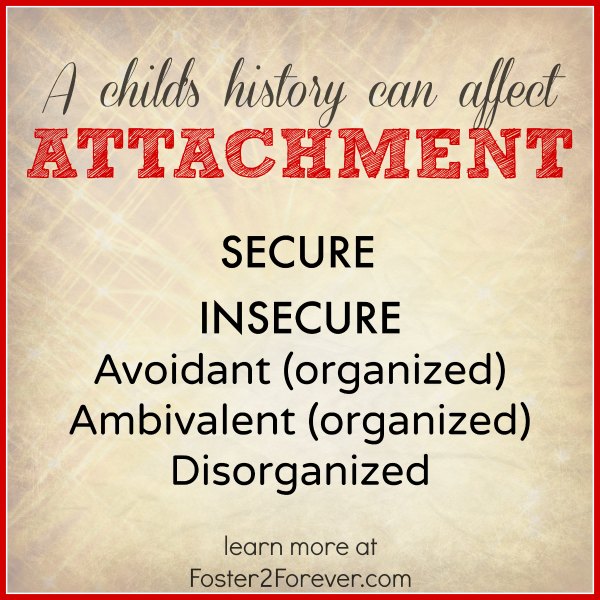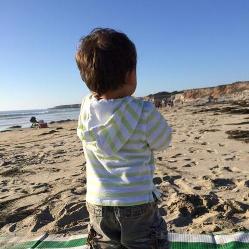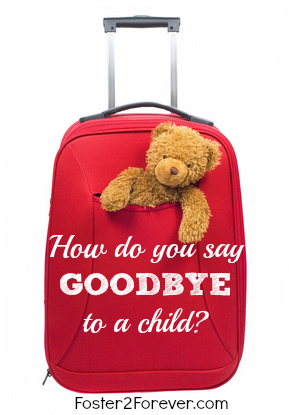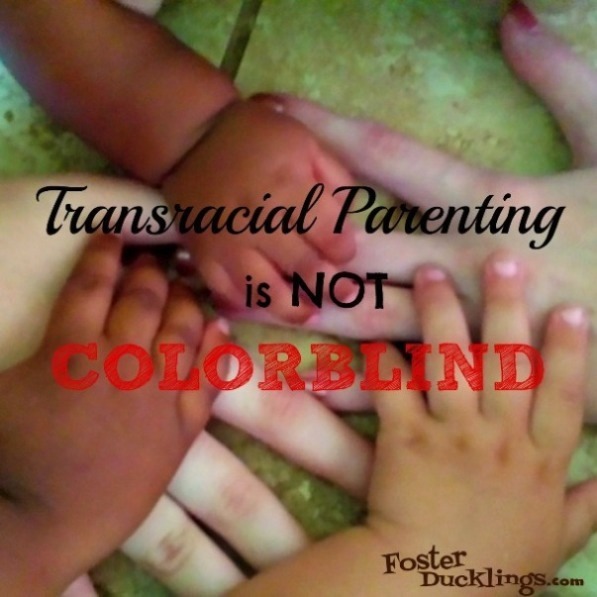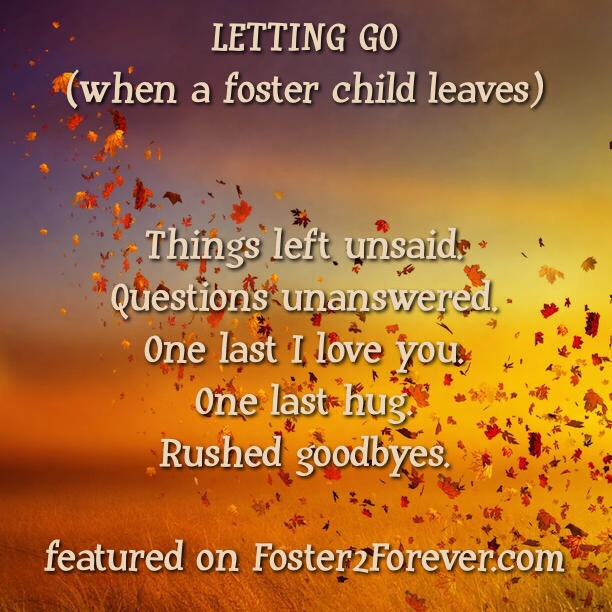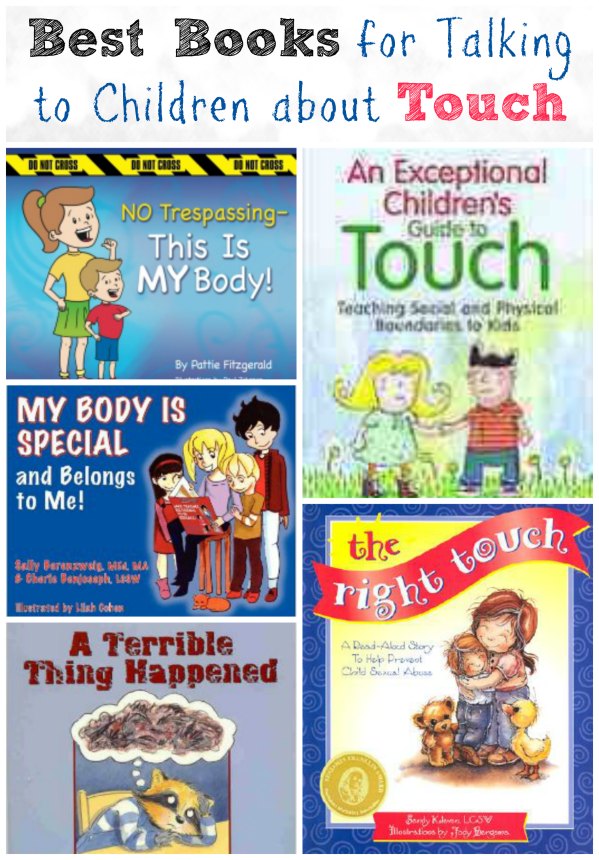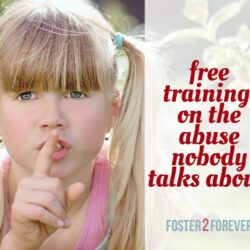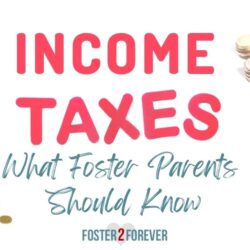As sun is to warmth and tickles are to laughter, a loving mom is to a child who loves her back, right? But how does that look when the child is a deeply hurt one, one who was not born of you, who has not asked to be fostered by you, who comes from a life of betrayal and abuse? How do you begin bonding with an adopted child?
When Boy first arrived, he would openly push me away, say he didn’t like us or our home. He said many times that he didn’t want to be here. He told me once he would never trust me.
Throughout his stay with us, I tried different methods of awakening trust in him. He clearly had reactive attachment disorder (RAD) and needed help with connecting to a caregiver. The only way to help him let go of his mistrust was to purposefully exercise the opposite, his trust (or whatever was left of it). So, I would “schedule” bonding time for us.
Bonding with an adopted child
Look into my eyes and count to 5.
I will hold you in my arms, and we will rock back and forth 20 times (looking into my eyes).
We will sit together, looking into each other’s eyes and talking, for 15 minutes. – I would ask him to tell me a story, any story, while looking at me. His first one was as short as this, “There was a bear. And a ball. The end.” I would ask about the color of the ball, what kind of bear and so on.
He would always complain at the beginning of those “sessions”. At first, he would jump up and just about run from me at the end of each cycle… But, with time, he began to relax. His stories would go further, he would linger around after time was up, looking into my eyes became easier. It came to a point where we “graduated” from those connecting times as things became more natural.
As we practiced attachment, love began to blossom. Not that he would write me love letters… But that I could see the sparks of love inside those eyes, who at first were filled with pain. Trust began to push away the monsters, and love began to conquer his darkness.
You see, a relationship takes time to form. It is one day at a time, through the ups and downs, experience filling the “life-book” of two people investing in each other…
After 14 months, looking into my eyes is an easy task. He smiles at me, knowing I mean every moment I spend with him. He holds my hand, plays with my hair, seeks closeness.
Come to think of it, the moment you receive your child, is the moment when love begins, really. Though he still struggles with expressing it, I know love is there… Because love started with me.
So, as sun is to warmth… Because the sun initiated it… And as tickling is to laughter, because laughter is a result of the tickling… So your child will love you… Because you loved your child first.
Join our Facebook page to connect with other adoptive parents!
Gloria R. is a mother of two birth children, and fostering to adopt an older child. She is a licensed therapeutic foster parent with her husband. She continues to engage in research on traumatized children, foster care and adoption and hope to be a voice for kids, who often fall in between the cracks of society. She also loves writing and welcoming new readers to her blog, www.onemorewithus.com.

